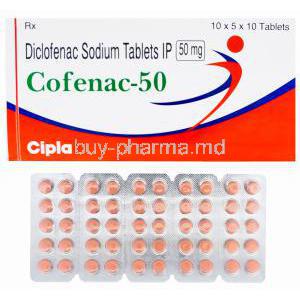Diclofenac
Uses
Diclofenac is used in the treatment of fever, headache, post operative pain, pain during menstruation,arthralgia, myalgia, dental pain, osteoarthritis, rheumatoid arthritis, ankylosing spondylitis and gout.
How it Works
Diclofenac is known as a non-steroidal anti-inflammatory drug or NSAID. Diclofenac works by blocking the release of certain chemical messengers that cause fever, pain and inflammation and also redness and swelling.
Common Side effects
Patients who take Diclofenac may suffer from such side effects;
Indigestion,
Gas,
Stomach pain,
Nausea,
Vomiting,
Diarrhea,
Constipation,
Headache,
Dizziness,
Drowsiness,
Stuffy nose,
Itching,
Increased sweating,
Increased blood pressure,
Swelling
Menthol
Uses
Menthol is used in the treatment of itching, dermatitis and eczema.
How it Works
Menthol works by activating the cold-sensitive TRPM8 receptors in the skin. Menthol, causes a feeling of coolness due to stimulation of cold receptors by inhibiting Ca++ currents of neuronal membranes. Menthol may also yield analgesic properties via kappa-opioid receptor agonism.
Common Side effects
Some of the potential side effects of Menthol can include the symptoms below;
Balance disorder,
Vomiting,
Altered heart rate,
Drowsiness,
Hypersensitivity reaction,
Nausea,
Abdominal pain,
Contact dermatitis,
Skin irritation,
Apnea,
Nystagmus,
Vertigo
Linseed oil
Uses
Linseed oil is used in the treatment of inflammatory diseases, skin irritation, Linseed oil is also used in the control and prevention of High cholesterol level, Prostate cancer growth before surgery and Rheumatoid arthritis .
How it Works
Linseed oil works by blocking the effect of natural chemicals that are produced at sites of injury or damage, and cause pain and inflammation. Linseed oil works by blocking the effect of these natural chemicals, which allows pain and inflammation to be eased.
Common Side effects
Some of the potential side effects of Linseed oil can include the symptoms below;
Shortness of breath,
Lip swelling,
Throat tightness
Methyl Salicylate
Uses
Methyl Salicylate is used as a pain reliever.
How it Works
Methyl salicylate is known as a non-steroidal anti-inflammatory drug or NSAID. Methyl Salicylate works by blocking the release of prostaglandins, prostaglandins causes allergy symptoms and inflammation (swelling and redness). Therefore Methyl Salicylate works as a pain reliever by blocking prostaglandins in the body.
Common Side effects
Some of the potential side effects of Methyl Salicylate can include the symptoms below;
Hives,
Swelling of your face,
Lips,
Tongue,
Difficulty breathing,
Throat.
Thiocolchicoside
Uses
Thiocolchicoside is used for muscle relaxation.
How it Works
Thiocolchicoside works by acting on the centers in the brain and spinal cord to allow neurotransmitters to relieve the muscle stiffness or spasms.
Common Side effects
Some of the potential side effects of Thiocolchicoside can include the symptoms below
Decreased blood pressure,
Sleepiness,
Fatigue,
Headache,
Abdominal pain,
Influenza like symptoms,
Diarrhoea,
Abdominal cramp,
Nausea,
Abdominal bloating













